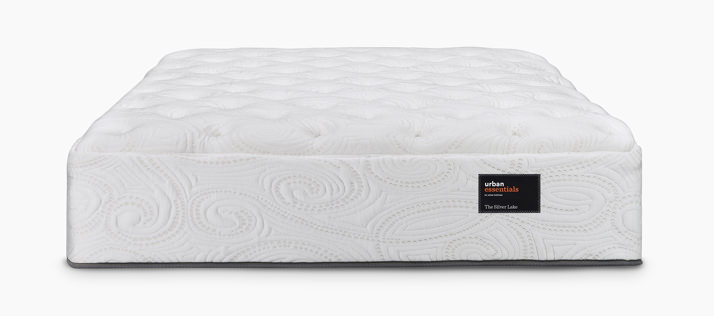We’re pretty sure Neil Arnott, the inventor of the water bed, had a very forgiving spouse—God bless her.
The word, “mattress” comes from the Arabic for “something thrown down” or something similar—according to the American Heritage Dictionary and Dictionary.com.
Apparently the Crusaders adopted the Arabic practice of lying on floor cushions and that’s how we got “mattress.” It’s also how we got “chiropractors.”
The last time we slept on something we threw down on the floor we woke up with crooked necks.
Fortunately for everyone over 22, the mattress has come a long way.
Early mattresses tended to be lumpy and bug-ridden. (And if you buy from the wrong mattress store, there’s a decent chance yours might still be).
Wikipedia, which as we all know never lies, says the first mattresses invented by Neanderthals were piles of leaves and grass covered with animal skins. Changing the sheets may have been a bit more involved back then.
Some believe the Persians invented the first waterbeds using water-filled goatskins.
Ancient Egyptians slept on palm boughs piled in corners or hard beds with rush mats and raised headrests.
With the Romans and the Renaissance afterward came various forms of cloth bags stuffed with reeds, straw, wool, pea shucks, cotton, coconut fiber or horsehair, to name a few. If you were rich, you could afford feathers.
During the 16th century people laid mattresses atop beds with wood frames and underlying rope or leather lattices.
The 1800s—glory be—brought the box spring, allowing weight distribution and shock absorption and longer mattress life.
The English mattress maker Vi-Spring founded in 1901 was the first to use independently-pocketed spring coils.
By the 1930s and 40s, artificial fillers had grown common and innerspring mattresses were popular. The foam rubber used in latex mattresses and pillows was first produced in 1929 and later synthetic foam production took off.
In the 1970s NASA developed what later became known as memory foam, which Tempur-Pedic introduced in mattress form in the nineties.
These days, the mattress industry is marked by a wide variety of comfortable choices. We’ve also seen rising demand for alternatives to the traditional mattress. With the benefit of technologies adapted through the centuries, you can now own a long-lasting mattress that sleeps like a dream yet is completely organic.
Ahh. A big step up from floor pillows and piles of leaves. Sweet dreams, urbanites.

